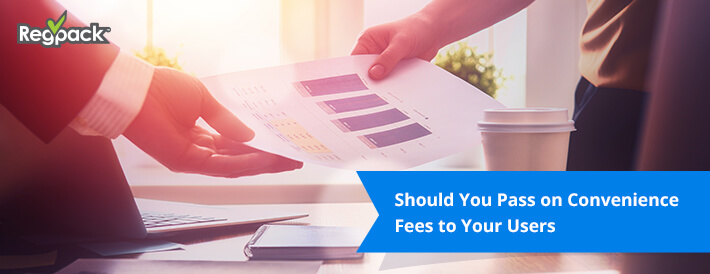Did you know that 60% of eCommerce companies use “Free Shipping” as a marketing tool?
Let’s review 2 scenarios:
A $50 item with no additional costs.
vs.
A $45 item with an additional $5 shipping fee added to the cart.
Cost wise, these two options are the same.
However, the first example, a $50 item with no additional fees, will lead to more revenue, especially for first time customers.
There is a ton of research on the psychology of online pricing as a means to increase your revenue.
The way in which you present options to your clients matters, just as much as any other element of your process.
How does this help me price my products for my business?
The “Free shipping” example shares the same ideals as adding a convenience fee to your payment structure.
If you are passing on the processing fees you pay to your clients, should you continue?
We understand the small margins of operating a business. We also want to encourage your growth as an organization.

While it might seem to make sense to add a convenience fee on top of your product cost (to keep your product cost low), research shows that adjusting the price of your product slightly to offset your cost of processing fees will actually lead to…
- A 21% increase in cash flow
- A 23% increase in payments
- An overall increase of 34% in online payments
Bonus: your customers won’t feel penalized by paying an additional processing fee (or “shipping” fee as in our shipping example above).
The Decline of Offline Payments
Due to immersion of the internet into our daily lives, online payments now dominate how payments are made.
Banks are removing the option for paper checks while mobile wallet options are expanding.
It makes sense to change your tactics to account for the convenience of your customers by offering online payments without additional fees. This will be a benefit to both you and your customers.
The cost to offer online payments is now just a part of the cost of doing business, but the way you account for these costs can make a difference.


















